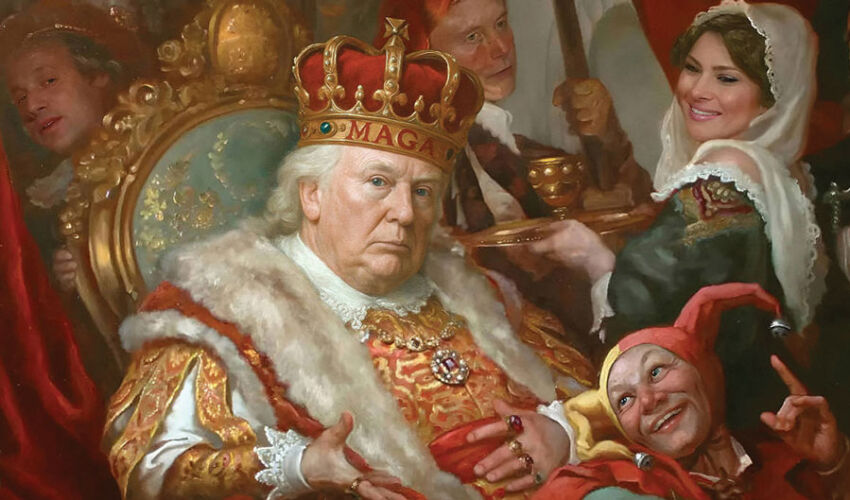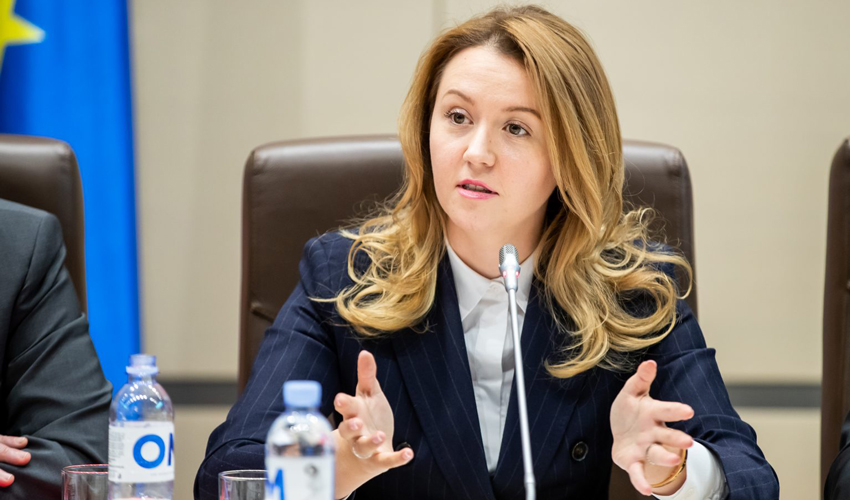
As Trump’s “big and beautiful” tax and spending bill moves toward congressional approval, it is clear that it will do nothing to curb the budget deficit, which reached 6.4% of GDP in 2024 under Joe Biden. On the contrary, under Trump, the budget deficit is likely to be 7% of GDP or even higher before the end of his term (and assuming there are no major shocks such as a pandemic, financial crisis, or war that could push the deficit even higher).
For a long time, international investors have had an insatiable appetite for U.S. government bonds, commonly thought of as the perfect safe haven. But the federal government’s debt has reached 122% of GDP (and much of that debt is due for refinancing in the coming months), so that appetite may not last. Yields on 30-year U.S. bonds hover around 5%, while rates on ten-year bonds hover around 4.5%. In both cases, rates are about two percentage points higher than they were a decade ago. Consequently, interest payments on existing debt are rising rapidly and already exceed defense spending.
It should be obvious by now that anyone who thought government debt was a “free lunch” that had little or even no effect on long-term economic growth was simply ignoring basic economic realities. I have long argued that the normalization of interest rates was inevitable. The assumption that ultra-low rates could be sustained indefinitely was deeply flawed, and certainly the country’s economic future could not be gamed on that assumption.
These realities have finally begun to be understood by even the most fanatical deniers of the value of debt. But why doesn’t Trump, who (at least during his first term) has generally seemed (at least during his first term) to be an economic pragmatist, ready to change course if his policies don’t work?
The answer is that Trump is also a political realist. He realizes that the American public is simply not ready to accept policies that even remotely resemble “fiscal austerity.” That’s the term progressives use whenever anyone suggests a trade-off between the short-term benefits of stimulating the economy with debt and the long-term costs of that policy.
Trump and his adherents claim that their “big, beautiful law” will spur economic growth, and that this will bring in enough revenue to offset the strong tax cuts. But it’s hard to find historical support for such claims. Moreover, the idea that tax cuts can pay for themselves was discredited back in the 1980s, when President Ronald Reagan’s tax cuts led to a sharp increase in the budget deficit rather than sustained economic growth.
Will rising U.S. debt eventually trigger a full-blown crisis? Possibly. But a further upward move in long-term interest rates is more likely. Trump won’t solve the problem by demanding that the Fed lower short-term rates. Unless the economy falls into recession, the Fed will have little room to cut rates without increasing inflation, and rising inflation will accelerate the rise in long-term rates.
Rising real interest rates are exacerbated by bloated global debt, geopolitical instability, increased military spending, fragmentation of multilateral trade, artificial intelligence demand for electricity, and populist fiscal policy. While countervailing forces, including inequality and demographics, may have a downward impact on rates, they are unlikely to offset the structural and political factors listed above for the foreseeable future. In addition, inflation expectations will rise if the authorities are unable or unwilling to stem debt growth.
Another factor that could raise interest rates, especially in the US: Trump’s desire to insulate the domestic economy. Persistent foreign trade deficits are usually accompanied by foreign capital inflows that help finance those deficits. But if the inflows diminish, interest rates will rise even more.
Yes, it’s not just Trump. Interest rates started rising sharply back under Biden. If the Democrats had won the election for president and both houses of Congress in 2024, then the U.S. budget outlook would probably be just as bleak. Until the crisis hits, there would be little political will to act, and any leader who tried to consolidate the budget would risk being fired by voters.
What form might this crisis take? As I explain in my new book, Our Dollar, Your Problem,the answer depends on the nature of the shock that triggers it and the response of the authorities. Will Trump resort to financial repression that suppresses economic growth, as Japan (and, to a lesser extent, Europe) has done? Or is a new spike in inflation more likely?
Either way, bond market investors are sounding the alarm: Trump’s “big and beautiful” debt will hurt both the U.S. economy and the dollar. As inconvenient as this truth is, Trump cannot afford to ignore it.
Kenneth Rogoff,
former IMF chief economist, professor of economics and public policy at Harvard University, winner of the 2011 Deutsche Bank Prize in Financial Economics, and author ofOur Dollar, Your Problem(Yale University Press, 2025).
© Project Syndicate, 2025.
www.project-syndicate.org













